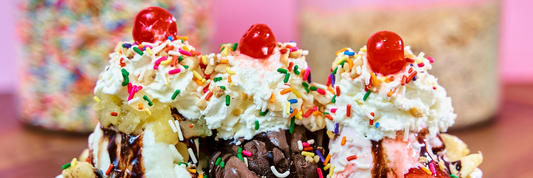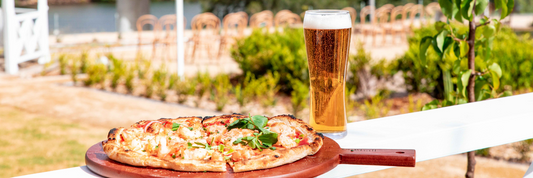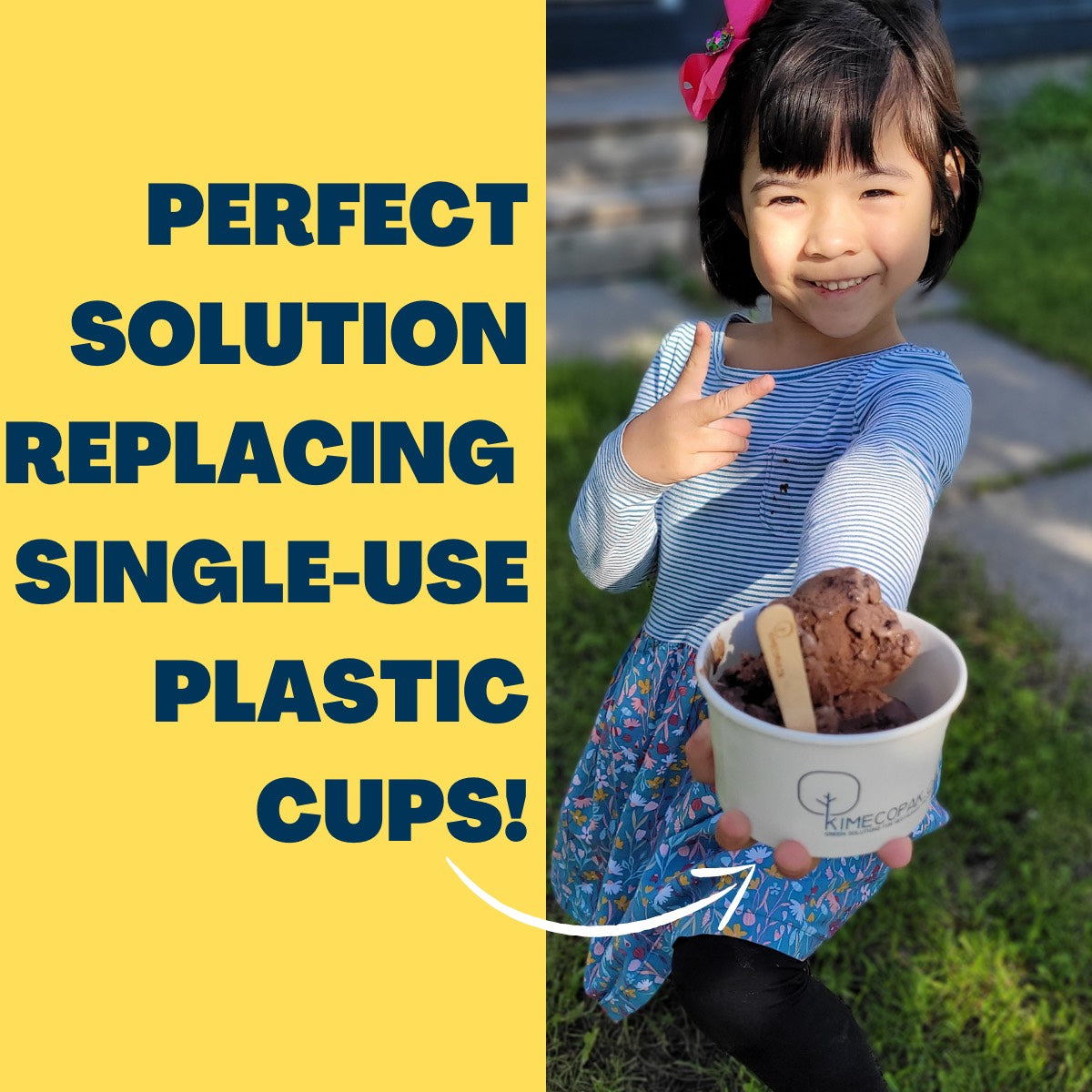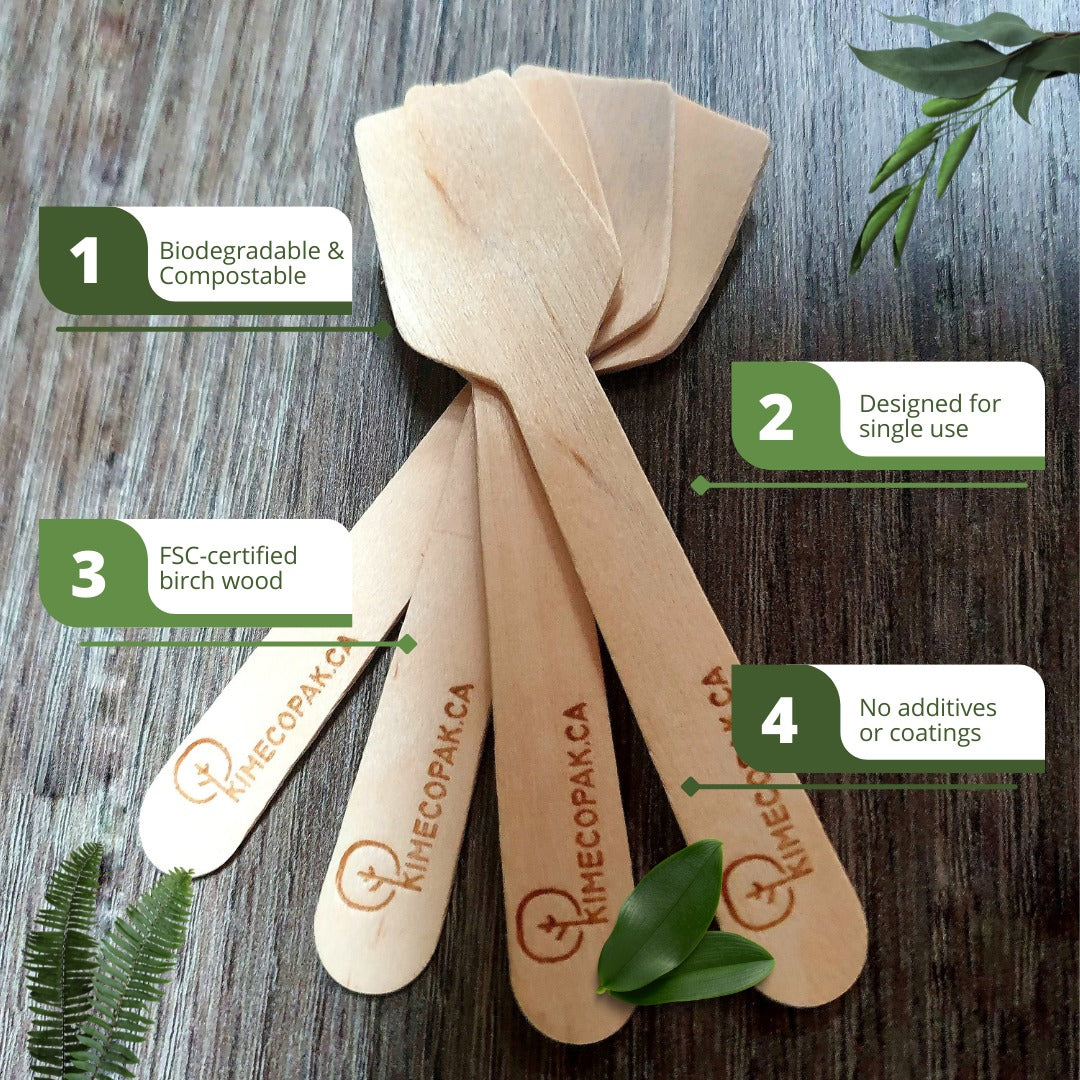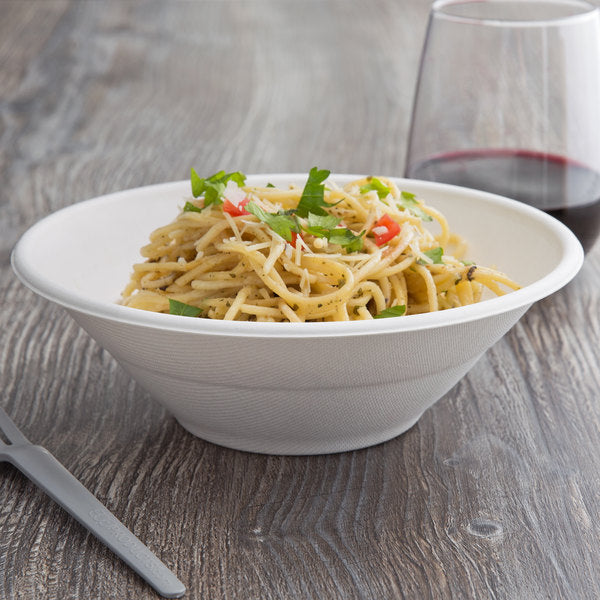Whether you run an ice cream shop, a café, or a food truck, selecting the right ice cream cup sizes can make a big difference in both customer satisfaction and cost efficiency. From petite 3 oz tasting cups to generous 16 oz servings, each size serves a unique purpose impacting portion control, presentation, and perceived value. In this guide, we’ll break down the most common ice cream cup sizes, explore their ideal use cases, and help you choose the perfect sizes to meet your customers’ needs while optimizing your bottom line.
-
Custom Paper Ice Cream Cups Alberta Canada-Wholesale Ice Cream Cups with Lids
-
How to Choose the Right Ice Cream Container?
Why Ice Cream Cup Size Matters in Food Packaging

Selecting the right ice cream cup size is an essential decision for any ice cream business. The size of the cup affects numerous factors that can influence not just sales, but overall customer experience and brand perception.
- Influences portion control, cost, and perceived value: Different cup sizes allow you to control portion sizes effectively. Smaller cups can entice customers to sample new flavors without a significant commitment, while larger cups might be viewed as better value, especially in sharing scenarios.
- Impacts storage, logistics, and display presentation: The physical size of your cups plays a role in how much space they take up in storage and how easily they can be arranged for display. Efficient storage and attractive displays can enhance the shopping experience and streamline service.
- Affects customer satisfaction and brand positioning: Your choice of cup size can convey messages about your brand. For example, offering large cups can communicate indulgence and luxury, while smaller cups might suggest a focus on moderation or health.
Overview of Standard Ice Cream Cup Sizes

Small Ice Cream Cups (3 oz – 5 oz)
Small ice cream cups are a versatile option that serves various needs:
Ideal for: samplers, kid portions, tasting events. These cups are particularly popular for introducing new flavors or during events where multiple varieties are showcased.
Pros:
- Low cost: Small cups can be more economical, both in terms of the initial investment and the quantity of ice cream needed to fill them.
- Easy to transport: Their smaller size makes them convenient for customers on the go or for businesses participating in events.
- Great for promotions: They are perfect for promotional tastings or as part of combo deals.
Cons:
- Limited space for branding and labeling: Smaller cups offer less room for logos and other branding, which can dilute brand recognition.
Medium Ice Cream Cups (6 oz – 9 oz)
Medium cups strike a balance between portion size and cost, making them a favorite for many ice cream shops.
Ideal for: standard single servings. These cups are versatile and cater to most customer needs without overwhelming customers.
Pros:
- Balance between portion size and cost: This size is often seen as a reasonable serving that doesn’t lead to wastage.
- Most commonly used by ice cream shops: Their popularity speaks to effectiveness and customer acceptance.
- Good surface area for custom designs: Medium cups allow for more creative branding, often featuring vibrant graphics that enhance visibility.
Large Ice Cream Cups (10 oz – 16 oz+)
Large cups cater to customers looking for a more indulgent experience.
Ideal for: sharing portions, premium or indulgent servings. Perfect for family treats or foodie events where larger servings are expected.
Pros:
- High customer satisfaction: Customers appreciate the generous portions, which can lead to repeat business.
- Premium branding opportunity: Large cups can showcase brand storytelling or seasonal designs effectively, attracting attention.
Cons:
- Takes more storage space: Larger cups require more inventory management due to their size.
- Higher cost per unit: While they sell for more, the initial investment is often higher, which can affect pricing strategy.
- By carefully considering the characteristics and implications of each cup size, businesses can make informed decisions that enhance profitability and customer satisfaction.
Factors to Consider When Choosing Ice Cream Cup Sizes

When it comes to serving ice cream, the choice of cup size can significantly impact customer satisfaction and sales. Various factors need to be taken into account when determining which size will best suit your target audience.
Target Customer Profile
- Kids: Smaller sizes can encourage kids to indulge without overwhelming them. Single-scoop options are perfect for their smaller appetites and create an opportunity for parents to feel more comfortable with portion control.
- Families: Larger sizes are ideal for families sharing a treat. Consider cups that can accommodate multi-scoop servings or are easy to share among family members.
- Health-Conscious Consumers: Those seeking healthier choices may prefer smaller sizes. This allows them to enjoy the treat guilt-free, while still being mindful of their caloric intake.
- Indulgent Consumers: For those who view ice cream as a special treat, larger cups can enhance the indulgent experience. Offering generous portions showcases the product's richness and flavor.
Product Type
Different ice cream varieties can influence cup size selection:
- Regular Ice Cream: Typically comes in a wide range of flavors and textures, and can be enjoyed in various portion sizes, appealing to both casual snackers and serious dessert lovers.
- Gelato: Known for its density, gelato is often served in smaller portions because a little goes a long way. Customers may prefer sizing down when opting for this creamy delight.
- Frozen Yogurt: Often viewed as a healthier option, smaller cups work well here. Yogurt's tart flavor can be enjoyed in smaller portions, inviting customers to sample multiple flavors without overindulgence.
Sales Channel
The method of selling ice cream can also dictate the ideal cup size:
- Dine-In: A sit-down experience often calls for larger, more lavish servings that enhance a social experience.
- Takeout: Varied sizes should be available for customers on the go. Smaller cups work well for takeaway options.
- Delivery: Consider pack sizes that are easy to manage and transport. Larger sizes might risk spillage, hence moderate to small-sized cups could be more practical.
- Retail Packs: When consumers buy ice cream from a store, consider display and serving sizes. Cups that fit well within home freezers and are easy to portion out should be prioritized.
Environmental Goals
Choosing the right cup size can also align with environmental goals:
- Smaller Cups: Less material used means a lighter footprint on the environment. Smaller servings are not only appealing for health-conscious customers but also help reduce waste.
- Larger Cups: While they use more material, larger sizes can ultimately reduce the number of cups used. This can be attractive for businesses looking to minimize their environmental impact while serving more ice cream per sale.
Customizing Cup Sizes for Brand Identity

The size of your cups can play an integral role in reinforcing your brand's message.
Matching Size with Brand Messaging
- Indulgent Brands: Larger cups can evoke feelings of luxury and abundance, making them suitable for brands that focus on indulgence and richness.
- Healthy Brands: Smaller cups can enhance the image of moderation and health, appealing to consumers who prioritize wellness and balanced lifestyles.
Creative Ways to Use Cup Sizes in Seasonal Promotions
Brands can leverage cup sizes for seasonal marketing campaigns. For example, introducing limited-edition extra-large cups with themed decorations for summer festivals can create excitement and drive sales.
Custom Printing for Different Size Ranges
Custom cup sizes can feature specific branding messages or seasonal themes. Utilizing different sizes allows businesses to differentiate products, creating visual interest and enhancing brand recall.
Eco-Friendly Ice Cream Cup Size Options at Kimecopak

Kimecopak offers a variety of sizes suited for all types of ice cream businesses. Here’s a closer look:
Available Sizes
Our cup sizes range from 3 oz to 16 oz and beyond, catering to every customer need, from small tastings to large family servings.
Options in Paper, Bioplastic-Lined, and Compostable Materials
We provide a selection of materials, ensuring that businesses can find environmentally friendly options that align with their sustainability goals.
Flexible MOQ for Small to Large Businesses
Kimecopak is committed to supporting businesses of all sizes. Our flexible minimum order quantities make it easy for smaller operations to access high-quality cups without an overwhelming commitment.
Conclusion
There is truly no one-size-fits-all solution when it comes to ice cream cup sizes. The ideal size should align closely with customer needs and brand goals. Offering the right cup size not only enhances the customer experience but also optimizes costs.


